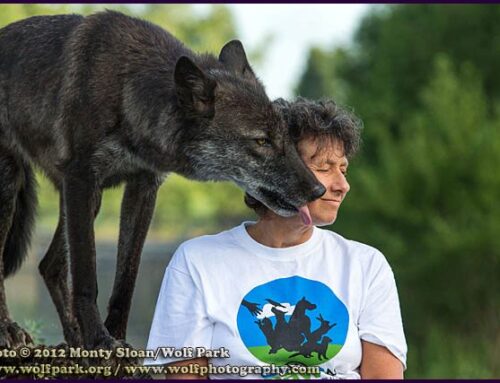
For many fearful dogs being exposed to something, even if it doesn’t hurt them, and even if they get a bit of cheese in the process, doesn’t make it better. If the negative emotional response the dog is experiencing is powerful enough, it will outweigh the lack of ‘nothing bad’ and the ‘something good’. When someone says they have tried using treats to help a dog around their triggers, and it hasn’t worked, it may be because the balance of this equation is off. And with fear based behaviors we need more than balance, we need to tip the scales in favor of good in a big way. Nothing bad happening is rarely enough.
I’d guess that most of the people who are afraid of snakes have never actually had one bite them or slither over them while they slept preparing to crush the life out of them. Indeed most of the stuff that we humans fear or stress out over have never happened to us either. Some of these fears serve a real purpose. Being afraid of heights makes sense if you’re walking on a trail with a precipitous drop on one side. This fear may encourage you to check your shoelaces to make sure they’re tied so you’re not likely to trip and plummet to your death or the intensive care unit. If it causes you to freeze and be unable to move, and you stand there with your eyes closed, even if someone coaxes you to move along, is cliff side walking likely to be on your next holiday must-do list?
One of the first trips I went on with my husband was a skiing adventure in the Tetons. He’s an avid telemark skier and I ‘barely hold my own’ on the slopes. At the time I not only lacked skills I lacked confidence in what abilities I had. We spent a long day, into dusk, skiing down from a pass, the entire time my heart was in my mouth and though I managed not to burst into tears, I was planning on how I was going to escape from this ‘vacation’ as soon as I got to the bottom. I never hurt myself, or took a bad fall, I was just scared. I did not downhill ski with my husband again for close to two decades.
What I did in that interim was take up cross country and skate skiing. My skills and confidence increased and as I learned to control my descents, I began to enjoy the downhills as much as the straightaways where I could get into the lovely rhythm of gliding on snow. I have since gone downhill skiing and though it is not my recreation of choice these days, that’s due more to the cost and crowds. But I do not trust that my husband will guide me to the lifts that will take me to trails that I will feel safe on (sorry dear). I ‘may’ be skilled enough to ski on more difficult trails, but I do not enjoy it.
The next time you get your fearful dog to do something or interact with someone they are afraid of and find yourself thinking, “There, that wasn’t all that bad was it?”, it may be that it was.





